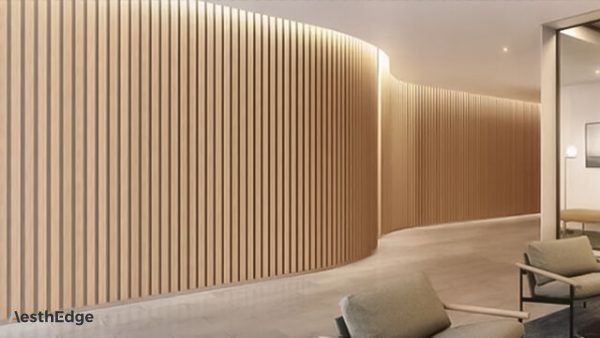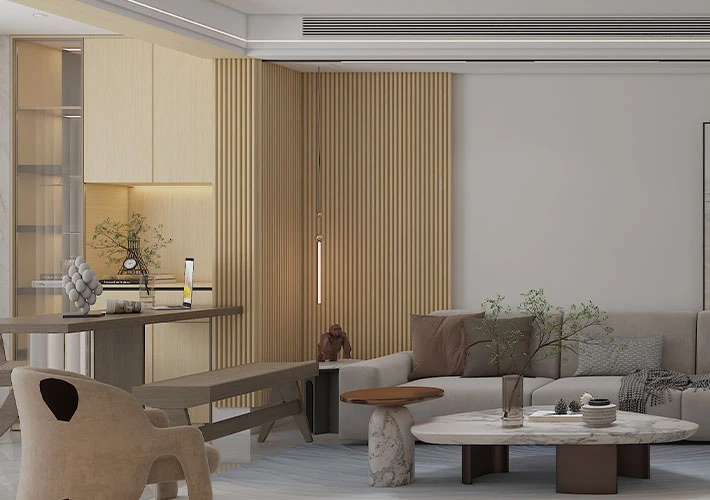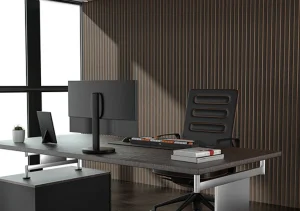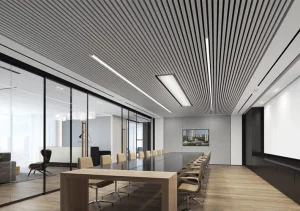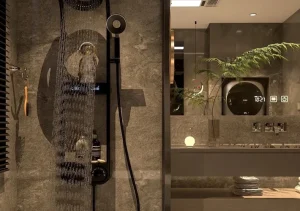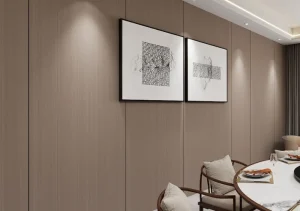Japan is known worldwide for its unique blend of traditional elegance and cutting-edge modernity. This combination is vividly reflected in its hotel decoration styles, which cater not only to domestic travelers but also to a growing number of international tourists. Whether it’s a boutique inn in Kyoto or a high-rise luxury hotel in Tokyo, Japan’s hotel interiors are thoughtfully designed to offer comfort, aesthetics, and a distinct cultural experience. For global B2B suppliers of decoration materials and interior design professionals, understanding the most recommended hotel decoration styles in Japan is essential for market success.
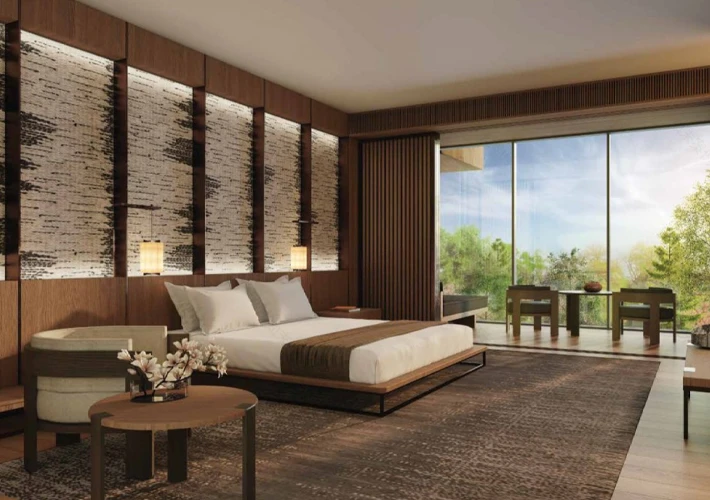
Table of Contents
ToggleJapanese Minimalist Style (和風ミニマリズム)
Overview
Minimalism in Japan is deeply rooted in Zen philosophy. The focus is on clean lines, natural materials, and simplicity. The Japanese minimalist hotel interior eliminates clutter and emphasizes the beauty of empty space (known as “Ma” in Japanese).
Key Elements
- Neutral color palettes (beige, white, light grey)
- Natural materials like wood, bamboo, paper (washi)
- Tatami flooring
- Shoji screens and fusuma sliding doors
- Low furniture like futons and floor tables
Suitable Materials
- WPC wall panels with light wood finishes
- Bamboo charcoal wood veneer for walls and ceilings
- PVC marble sheets in beige or light gray tones
- Minimalist lighting fixtures (warm color temperature)
Application
This style is perfect for boutique ryokans, wellness hotels, and urban retreats aiming for a tranquil ambiance.
Modern Japanese Style (モダン和風)
Overview
This style is a hybrid of traditional Japanese elements with contemporary aesthetics. It keeps the spiritual calm of minimalism while integrating modern materials and international design concepts.
Key Elements
- Wooden accents with contemporary finishes
- Feature walls with geometric wood slats or acoustic panels
- Smart lighting and hidden LED strips
- Floor-to-ceiling windows with Japanese-style curtains or blinds
- Blend of traditional décor (Ikebana, calligraphy) with modern art
Suitable Materials
- SPC wall panels with walnut or teak textures
- Acoustic slat wood panels for sound absorption and design
- UV marble sheet with subtle veining
- Stone-coated tiles for façade harmony
Application
Modern Japanese style is widely used in upscale hotels, spas, and business hotels that want to retain Japanese identity while appealing to global travelers.
Zen-Inspired Spa Style (禅スタイル)
Overview
Many Japanese hotels, especially those located in natural hot spring (onsen) areas, adopt a Zen-inspired spa style that focuses on wellness and inner peace.
Key Elements
- Use of natural elements like stones, pebbles, wood, and water features
- Soft lighting and warm tones
- Aromatherapy diffusers and indoor plants
- Wide open spaces with low seating areas
- Textures that evoke nature, such as rough stone and bamboo
Suitable Materials
- Faux stone wall cladding or PU stone for bathrooms and lobbies
- Textured WPC or SPC wall panels
- Water-resistant PVC ceiling panels
- Natural-look vinyl flooring
Application
This style is ideal for onsen resorts, wellness retreats, and hotel spas across Japan, particularly in regions like Hakone, Beppu, and Nikko.
Urban Industrial Style (インダストリアルスタイル)
Overview
Popular in metropolitan areas such as Tokyo, Osaka, and Yokohama, urban industrial style in Japanese hotels is trendy among younger travelers and digital nomads.
Key Elements
- Exposed brick walls or concrete finishes
- Black metal accents and industrial light fixtures
- Recycled wood and leather furnishings
- Open-plan layouts with loft-like features
- Glass partitions
Suitable Materials
- Cement-textured SPC wall panels
- Faux brick PVC panels
- Black aluminum composite panels for accent areas
- Steel-frame furniture and accessories
Application
Used in lifestyle hotels, capsule hotels, and co-living hostels catering to budget travelers and millennials.
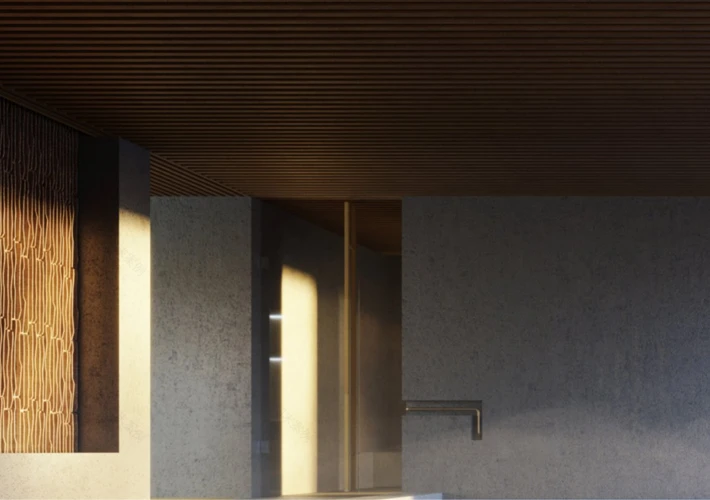
Classic Ryokan Style (旅館スタイル)
Overview
Traditional ryokans embody the essence of Japanese hospitality (Omotenashi). These hotels remain popular with both locals and tourists seeking authentic cultural experiences.
Key Elements
- Tatami mats in guest rooms
- Sliding fusuma doors with hand-painted art
- Engawa (veranda) spaces overlooking nature
- Japanese soaking tubs made of hinoki wood
- Paper lanterns and antique décor
Suitable Materials
- Traditional woven tatami or modern WPC-tatami alternatives
- Bamboo veneer panels with UV coating for durability
- Decorative PVC marble panels with Japanese art prints
- Wood-plastic composite ceiling beams
Application
Commonly found in heritage towns like Kyoto, Kanazawa, and Nara. Ryokan-style hotels focus on tradition, making material authenticity critical.
Scandinavian-Japanese Fusion (ジャパニーズ・スカンジナビアスタイル)
Overview
This increasingly popular fusion design (often referred to as “Japandi”) blends Scandinavian functionality with Japanese minimalism, focusing on comfort, serenity, and balance.
Key Elements
- Muted tones with earthy hues
- Wooden furniture with soft fabric cushions
- Open spaces with natural light
- Clutter-free surfaces with simple, curated décor
- Light wood grain materials, round-edged furniture
Suitable Materials
- SPC wall panels with light oak or pine patterns
- Laminated WPC boards for furniture consistency
- Frosted glass with wood frames for partitions
- Light stone-look PVC marble for accent walls
Application
Used in mid- to high-end hotels, especially in urban settings. Offers global appeal while retaining Japanese subtleties.
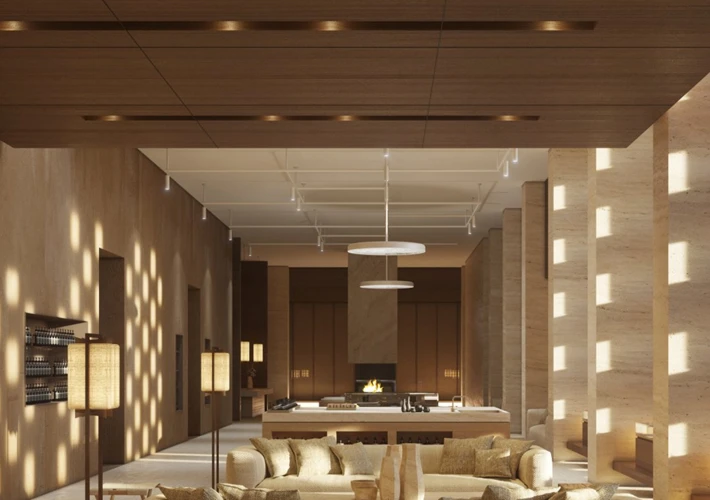
High-Tech Contemporary Style (ハイテク・コンテンポラリースタイル)
Overview
Japan is known for its innovation and technology. Some hotel brands focus on integrating tech-driven comfort and futuristic aesthetics into their interior design.
Key Elements
- Smart rooms with voice-controlled lights, curtains, and climate
- LED accent walls and ceilings
- Sleek furniture with glossy finishes
- Minimalist color schemes with neon highlights
- High-tech bathrooms with automatic features
Suitable Materials
- High-gloss PVC wall panels
- 3D textured UV marble sheets
- LED-compatible acoustic wall panels
- Stainless steel or aluminum profiles
Application
Suitable for tech-savvy hotels in cities like Tokyo and Osaka. Also popular in airport hotels or short-stay business hotels.
Nature-Inspired Style (自然派スタイル)
Overview
Reflecting Japan’s deep respect for nature, this style connects the indoors with the natural environment outside.
Key Elements
- Indoor greenery and living walls
- Natural light and sustainable materials
- Large glass windows with landscape views
- Earth-toned wall coverings and floors
- Organic shapes in furniture and layout
Suitable Materials
- Bamboo fiber wall panels
- Green-accented acoustic panels
- Eco-friendly WPC decking for balconies and terraces
- Nature-patterned wallpaper or faux foliage installations
Application
Ideal for eco-resorts, countryside hotels, and wellness-centered lodgings in areas like Hokkaido, Mount Fuji, or Okinawa.
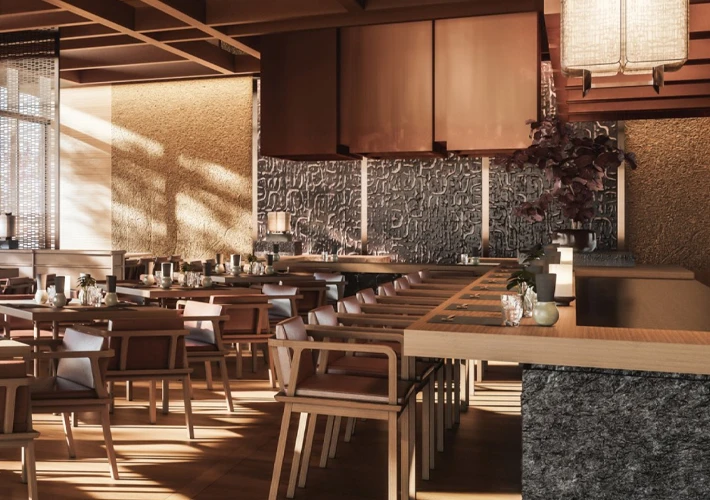
Conclusion: Key Takeaways for B2B Suppliers and Designers
Understanding Japan’s diverse hotel decoration styles is essential for material suppliers, contractors, and designers aiming to enter or expand in the Japanese market. The core philosophies of simplicity, natural harmony, technological advancement, and cultural pride dominate most design choices.
Trends to Watch
- Rising demand for eco-friendly and sustainable materials
- Increased use of WPC and SPC panels in modern renovations
- Growing interest in acoustic paneling due to smaller hotel room sizes
- Fusion styles such as Japandi and Zen-industrial are gaining popularity
- Attention to fire resistance, moisture-proofing, and anti-mildew functions is high due to Japan’s climate
For Export-Oriented Manufacturers
When targeting the Japanese hotel market, consider offering:
- Custom sizes and finishes suitable for compact spaces
- Earthy color tones, light woods, and simple textures
- High-durability and low-maintenance surfaces
- Eco certifications (F★★★★, JIS, FSC) to meet local standards
By aligning with these aesthetic and functional preferences, foreign suppliers and designers can better cater to Japan’s unique hospitality industry.

